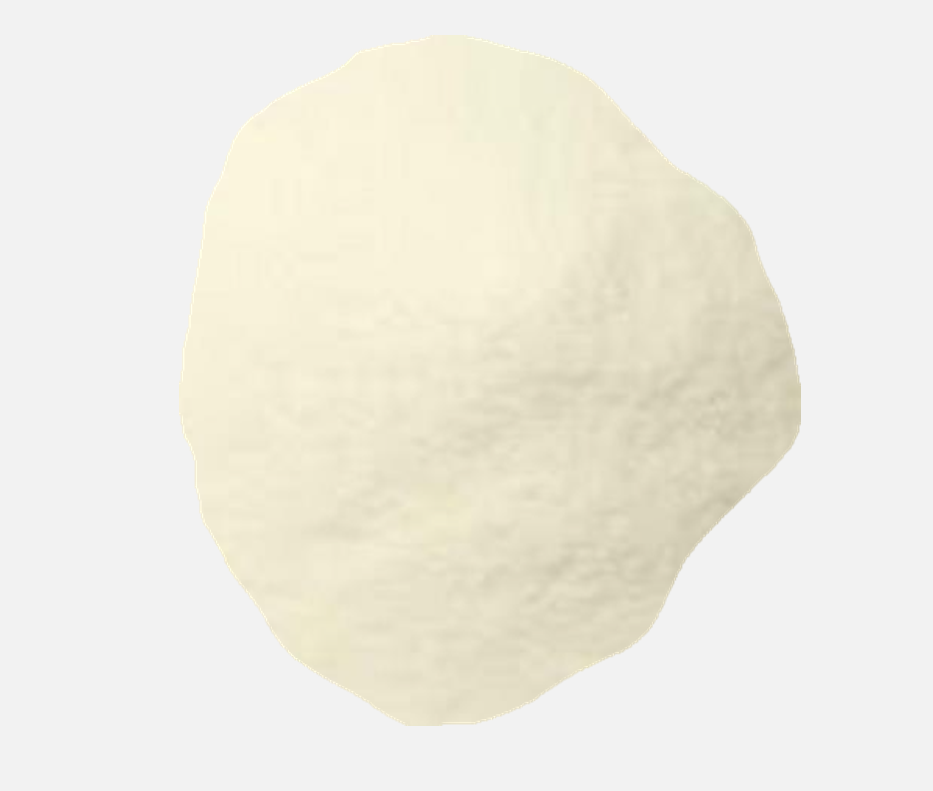Xanthan Gum
Xanthan Gum
Xanthan gum is an effective thickening agent and stabilizer to prevent ingredients from separating. It can be classified into two primary grades – Industrial Grade Xanthan gum (Oil & Gas) and Food Grade Xanthan gum. TCI China offers both types of Xanthan gum. We also work with clients who require transparent Xanthan gum for biomedical products.
Industrial Grade Xanthan Gum – Oil & Gas
Xanthan gum is a polysaccharide which can be mixed into drilling fluids to provide viscosity, solid suspension, and fluid-loss control. Xanthan gum is widely used because it is biodegradable, non-toxic, and inexpensive.
Drilling fluids are complex multi-component systems, containing many additives to perform specific functions during drilling. It provides hydrostatic control, cools and lubricates the bit, transports cuttings to the surface and minimizes formation damage. A water attraction is an essential characteristic of Xanthan gum, as water is the base carrier fluid in drilling muds.
Operators use xanthan gum as a thickening agent in drilling muds to increase the mud’s viscosity. When mixed into water, xanthan gum swells, and the mixture takes on a gel-like consistency that has proven to be an excellent carrier of drill cuttings. Even when the flow of drilling mud stops, the viscous mix helps keep cuttings trapped in suspension instead of allowing them to fall down the drilling pipe due to gravity.
Xanthan gum is water-soluble, but it’s not oil-soluble. That means when it’s mixed with a petroleum distillate; Xanthan gum doesn’t dissolve – it disperses. Trucks transport the pre-mixed dispersion to the well site in drums, totes, and pails, and massive pumps pump it to the wellhead, where it mixes with water and other additives before being sent down the wellbore.
Food Grade – Xanthan Gum
Xanthan gum (E415) is completely soluble in hot or cold water, is quickly hydrated when dispersed and facilitates water retention producing highly viscous solutions at low concentration.
Xanthan gum is very popular in the food industry due to its ability to function and remain stable and uniform in many types of environments. It is not sensitive to pH changes; it has excellent thermal stability and can tolerate different temperatures ranges, from freezing to near the boiling point. It is also stability in the presence of salts.
Xanthan gum is used in many types of food products.
Beverages & Fruit Drinks –Xanthan gum helps maintain the suspension giving a better appearance.
Dairy & Dressings – Xanthan gum is employed to give firmness and improve the release of flavour in spread cheese and as a thickener for cottage cheese. It enables dressings to be easily pumped during the filling operation and subsequently facilitates the bottle’s flow during use.
Baked Goods – Xanthan gum is used primarily to extend the shelf life of bakery products and refrigerated doughs. It is also widely used in gluten-free products.
Preparation & Procedures
Xanthan gum should be stored in a dry location. Those working with Xanthan gum should wear appropriate Personal Protective Equipment, including dust masks and eye protection while mixing powdered products. Always try to avoid skin contact and do not inhale dust or allow contact with eyes.
More Chemicals
<<Return back to Oil Field Chemicals home page>>
Other Chemicals Available (click on the name)
Barite
Calcium Ammonium Nitrate
Calcium Chloride
Calcium Nitrate
Caustic Soda
Diutan Gum
Gilsonite
Natural Graphite
Modified Starch
PAC Polyanionic Cellulose
Polystyrene Beads
Potash
Soda Ash
Sodium Acid Pyrophosphate SAPP
Sodium Sulfite
Sulfamic Acid
Synthetic Graphite
TKPP





